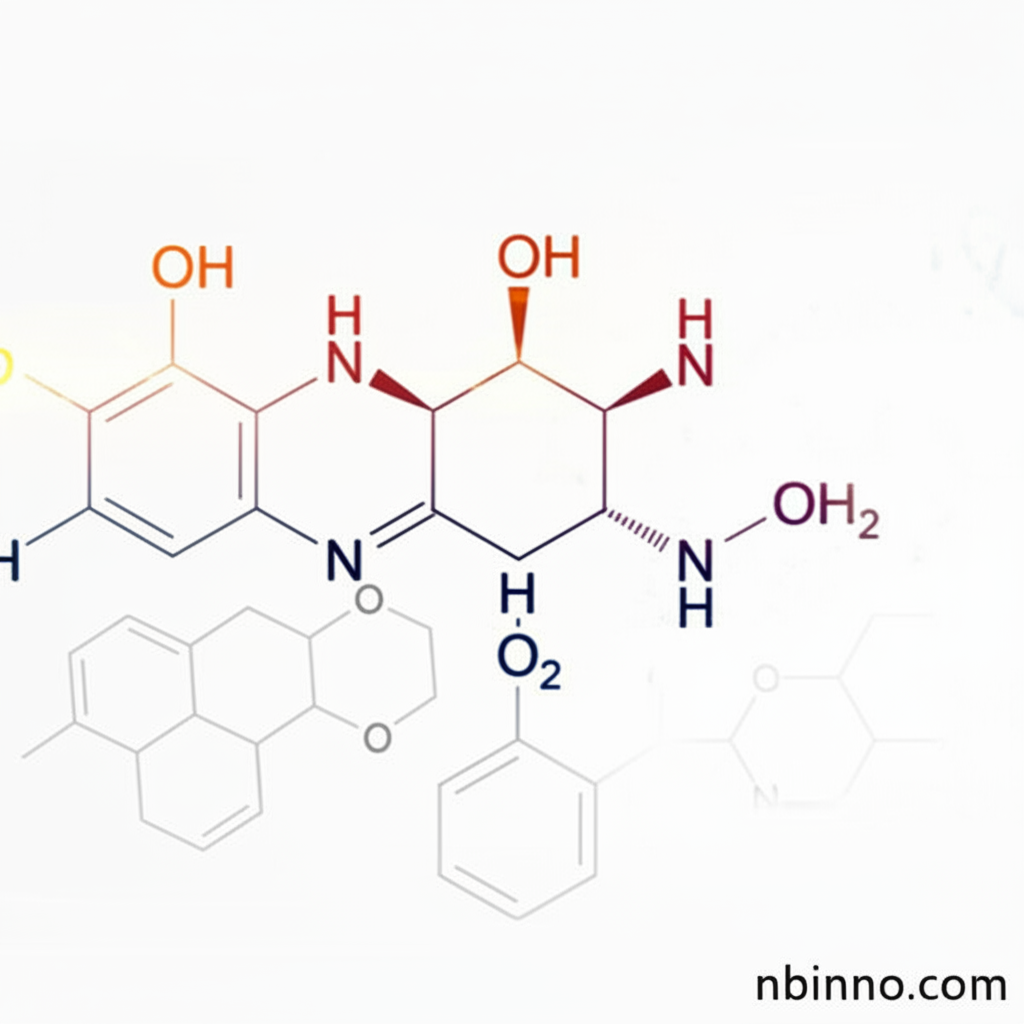Tris(4,4'-dicarboxylicacid-2,2'-bipyridyl)ruthenium(II) dichloride for Advanced Optoelectronics
Discover the potential of this high-purity ruthenium complex in driving innovation in OLED and OPV technologies.
Get a Quote & SampleProduct Core Value

Tris(4,4'-dicarboxylicacid-2,2'-bipyridyl)ruthenium(II) dichloride
This specialized ruthenium complex is a critical component for advanced optoelectronic applications, particularly in the development of high-performance OLED and OPV devices. Its robust chemical structure and high purity ensure reliable performance and efficiency in these cutting-edge technologies.
- Unlocking new possibilities in OLED applications with high-purity materials.
- Leveraging advanced CAS 97333-46-5 chemical properties for enhanced device performance.
- Driving innovation in OPV materials through advanced ruthenium complex chemistry.
- Exploring the synthesis of OLED photo-electric materials with superior characteristics.
Advantages You Gain
Exceptional Purity
Achieve superior results with a material boasting 97% minimum purity, crucial for sensitive electronic applications and reliable synthesis of OLED photo-electric materials.
High Thermal Stability
Benefit from a compound with a melting point exceeding 250℃, indicating excellent thermal stability, which is vital for manufacturing processes and device longevity in OLED technologies.
Versatile Application Potential
This ruthenium complex is a cornerstone for cutting-edge OLED/OPV materials, offering broad applicability in organic electronics and advanced photoelectric material research.
Key Applications
OLED Displays
Central to the development of efficient and vibrant organic light-emitting diodes, contributing to the next generation of display technology and leveraging advanced CAS 97333-46-5 chemical properties.
Organic Photovoltaics (OPV)
Used in the creation of flexible and cost-effective solar cells, advancing the field of renewable energy and exploring the synthesis of OLED photo-electric materials.
Photoelectric Devices
Enabling advancements in various photoelectric devices through its unique chemical structure and properties, enhancing performance in organic electronics.
Materials Science Research
A vital compound for researchers exploring novel materials with advanced properties, particularly in the realm of ruthenium chemistry and specialty chemicals for organic electronics.
